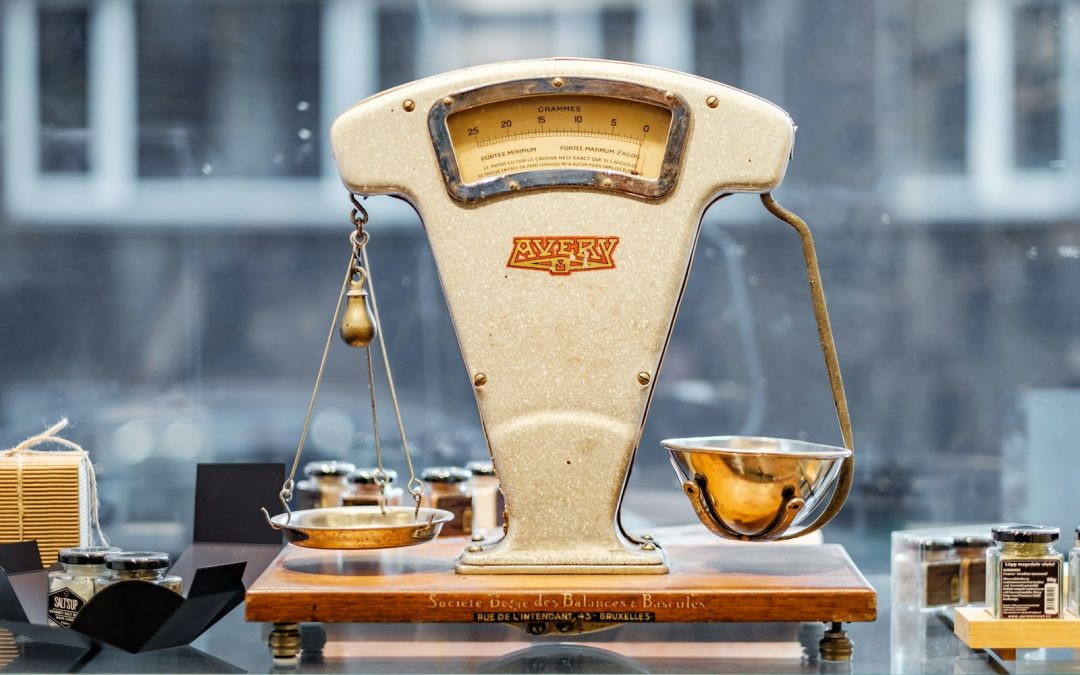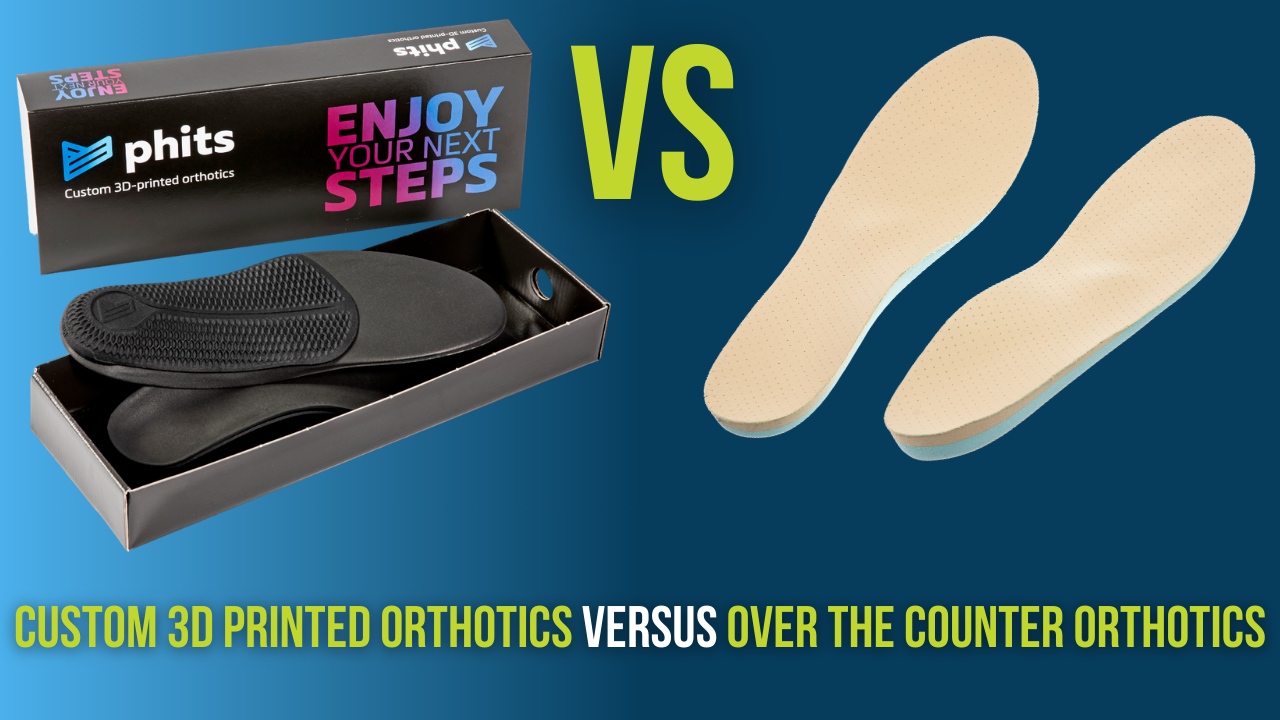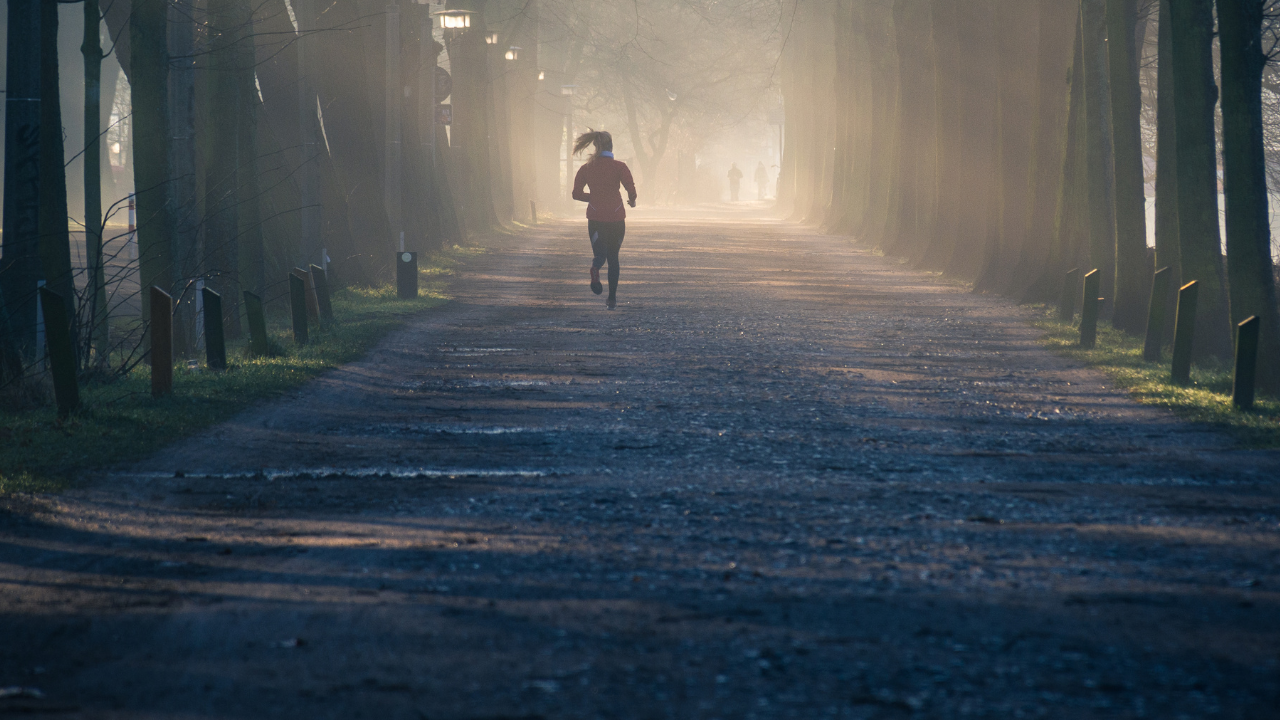Wobbly to Steady: How Balance and Proprioception Training Improve Stability and Control
Balance and proprioception are crucial aspects of human movement and overall physical well-being. They play a vital role in maintaining stability, preventing injuries, and enhancing athletic performance. In this article, we will explore why balance and proprioception are important and how they contribute to our daily lives.
What ARE balance and proprioception?
Balance:
Balance refers to the ability to maintain the body’s centre of gravity within its base of support. It is a complex process that involves the integration of sensory information from various systems, including the visual, vestibular, and somatosensory systems. It works in conjunction with visual input and proprioception (the sense of body position) to help us maintain an upright posture and make adjustments to stay balanced.
Good balance allows us to perform everyday activities such as walking, standing, and reaching without falling or stumbling. Muscular control plays a crucial role in balance. The muscles in our legs, core, and feet work together to provide stability and make necessary adjustments to maintain balance. These muscles constantly make small, rapid contractions and relaxations to counteract any shifts in our body’s centre of gravity.
Balance can be further categorised into static and dynamic balance. Static balance refers to maintaining stability while standing still, such as when standing on one leg or in a yoga pose. Dynamic balance involves maintaining stability while in motion, such as walking, running, or performing complex movements.
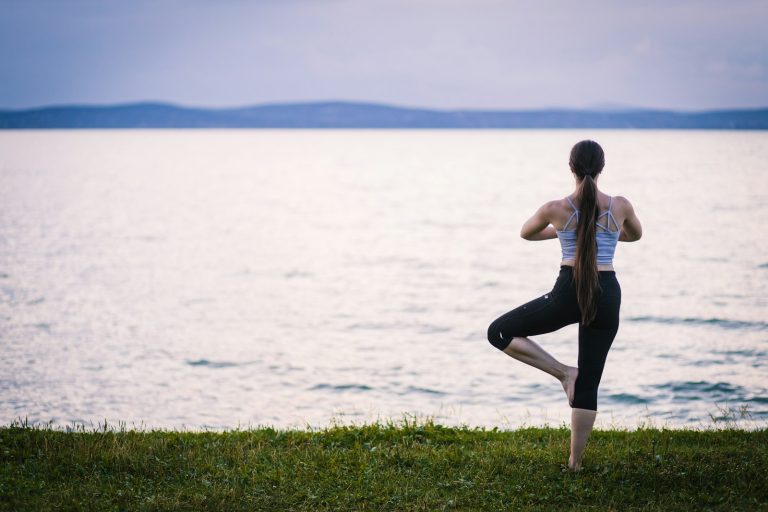
PROPRIOCEPTION:

Proprioception, on the other hand, is a fascinating sensory ability that allows us to perceive and understand the position, movement, and orientation of our body parts without relying on visual cues. It is often referred to as the “sixth sense” and plays a crucial role in our daily activities, coordination, and overall body awareness.
Proprioception is made possible by specialised sensory receptors called proprioceptors, which are located in our muscles, tendons, joints, and inner ear. These receptors constantly send signals to our brain, providing information about the position and movement of our body parts.
Through proprioception, we can effortlessly perform tasks like walking, running, and even typing on a keyboard without consciously thinking about the position of each body part. It allows us to maintain balance and stability, adjust our posture, and coordinate complex movements.
One of the key components of proprioception is kinesthesia, which refers to our ability to sense the movement of our body parts. Kinesthetic feedback from proprioceptors helps us make precise adjustments in muscle tension and joint angles, allowing us to perform movements with accuracy and control.
Proprioception also contributes to our spatial awareness. It helps us navigate through our environment, judge distances, and interact with objects. For example, when reaching for a cup, proprioception provides us with information about the position and movement of our arm, allowing us to grasp the cup with the right amount of force and precision.
In addition to motor control, proprioception also plays a role in injury prevention. It helps us detect and respond to changes in joint position, muscle length, and tension, allowing us to make corrective movements and avoid potential harm. Athletes, dancers, and individuals involved in activities that require precise movements often rely heavily on proprioception to enhance performance and reduce the risk of injury.

Why are balance and proprioception important?
Maintaining good balance and proprioception is essential for several reasons. Firstly, it helps prevent falls and injuries, especially in older adults. As we age, our balance and proprioception naturally decline, making us more susceptible to falls. By improving these skills through targeted exercises and training, we can reduce the risk of falls and their associated consequences, such as fractures and hospitalisations.
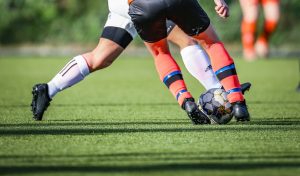
Secondly, balance and proprioception are crucial for athletes and individuals involved in sports and physical activities. They contribute to agility, coordination, and overall athletic performance. Athletes with better balance and proprioception have an advantage in sports that require quick changes in direction, precise movements, and maintaining stability, such as gymnastics, martial arts, and football.
Furthermore, balance and proprioception training can be beneficial for individuals recovering from injuries or surgeries. It helps restore neuromuscular control, improves joint stability, and enhances functional movements. Physiotherapists often incorporate specific balance and proprioception exercises into rehabilitation programs to aid in the recovery process.
In addition to physical benefits, balance and proprioception training can also have positive effects on cognitive function. Research suggests that these activities stimulate the brain and improve cognitive abilities such as attention, memory, and executive function. Engaging in activities that challenge balance and proprioception, such as yoga or tai chi, can promote brain health and overall well-being. Again, as we mature, it is vital to keep engaging in activities to maintain and improve cognitive abilities.
To improve balance and proprioception, various exercises and activities can be incorporated into daily routines. These may include standing on one leg, walking on uneven surfaces, using balance boards or stability balls, and practicing yoga or Pilates. It is important to start with exercises suitable for your current level of ability and gradually progress as your skills improve.
Balance and Proprioceptive Training
Balance and Proprioceptive exercises:
Balance and Proprioceptive exercises: Include specific exercises that challenge your balance into your workout routine. Examples include single-leg stands, heel-to-toe walks, and yoga poses like tree pose or warrior III. These exercises engage your core muscles and proprioceptors, which are responsible for sensing body position and movement.
Functional Movements:
Incorporating training balance throughout functional movements that into your training routine can improve balance throughout activities of daily living. This can include exercises like lunges, step-ups, or single-leg squats. These movements mimic real-life activities and help improve your balance in practical situations.
Practice mind-body exercises:
Activities like yoga, tai chi, or Pilates can enhance your balance by promoting body awareness, mindfulness, and control. These exercises focus on proper alignment, breathing techniques, and fluid movements, which contribute to improved balance and stability.

CONCLUSION
In conclusion, balance and proprioception are essential for maintaining stability, preventing injuries, and enhancing physical performance. Whether you are an athlete, an older adult, or someone recovering from an injury, incorporating balance and proprioception training into your routine can have numerous benefits. By improving these skills, you can enjoy better overall physical function, reduce the risk of falls, and enhance your quality of life.
If you wish to seek further help or speak to a practitioner about any of the above, call us on 0800 731 2738 or book online here.
You can also view all the services we provide within our clinics on our website, as well as checking out our other blogs and content.
For more free tips and information, make sure to follow our Facebook and Instagram pages. We also post client stories, so you can see how we’ve helped people get back to doing the things they enjoy!
